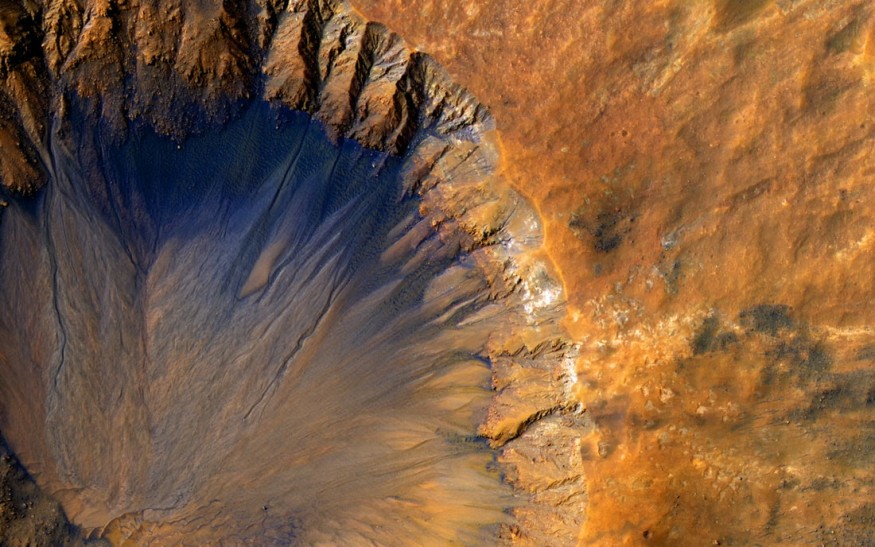Since landing at Jezero crater on Mars in February, the Perseverance rover and its team of scientists on Earth have been hard at work examining the crater's bottom, which previously housed an old lake. Perseverance and the Mars 2020 mission are searching for indications of ancient life on Mars and building a sample cache that may be returned to Earth for further analysis.

Katie Stack Morgan, the Mars 2020 Deputy Project Scientist and a research scientist at NASA's Jet Propulsion Laboratory (JPL), will provide an update on the rover mission's early results at the Geological Society of America's Connects 2021 annual meeting in Portland, Oregon, on Sunday, October 10th.
Examining Rock Craters
The scientific team has been examining the rocks of the crater floor with Perseverance's high-tech array of onboard sensors, which have been interpreted for now as igneous rocks, probably a volcanic lava flow.
"From a sample return standpoint, the thought that this may be a volcanic rock appealed to us since igneous rocks are excellent for obtaining precise age dates. In addition, Jezero was one of the few old crater lake locations on Mars that appeared to contain both spectacular sedimentary and volcanic deposits that might aid in the reconstruction of Mars' geologic time scale, "Stack Morgan stated.
Related Article : Presence of Icy Clouds in Mars Could Have Made Development of Lakes and Rivers Possible
Active Water Flow
The lake system and rivers that flowed into the Jezero crater were most likely active approximately 3.8-3.6 billion years ago, but the ability to directly date the age of the rocks in Earth laboratories will give the first definite insight into the window of time when Mars was a livable planet.
The scientists determined that the crater floor seems to be made of coarser-grained igneous minerals, as well as a variety of salts, using Perseverance's abrasion tool, which scrapes the top surface of the rock to disclose the rock and its textures. In addition, according to observations, water produced considerable weathering and modification of the crater floor, indicating that the rocks were exposed to water for an extended period of time.
"We looked about the rover for several days, assuming the core had dropped out of the bit. Then we glanced down the drill hole again, fearing it might not have made it out. All of these searches yielded nothing. So finally, we concluded that the core had been crushed during drilling, "Stack Morgan stated.
Perseverance Gathering Samples

The rock was presumably changed and weakened by water interactions that the Perseverance drill's vibrations and strength crushed the sample.
Perseverance successfully gathered two core samples-the first in its sample collection-after scientists chose another rock that looked to be more resistant to deterioration. The samples from Perseverance will be part of a multi-spacecraft handoff that is still in the works and will hopefully be returned to Earth in the early 2030s. The rocks will next be dated and analyzed by experts on Earth to determine any indications of ancient Martian life.
"The crater floor rocks were not intended to be the mission's primary astrobiology objective, but Mars usually surprises us when we get up close. So we're ecstatic to learn that even these rocks had been in contact with water for a long time and may have been livable for ancient martian microorganisms, "Stack Morgan stated.
For more space related news, don't forget to follow Nature World News!
© 2025 NatureWorldNews.com All rights reserved. Do not reproduce without permission.





